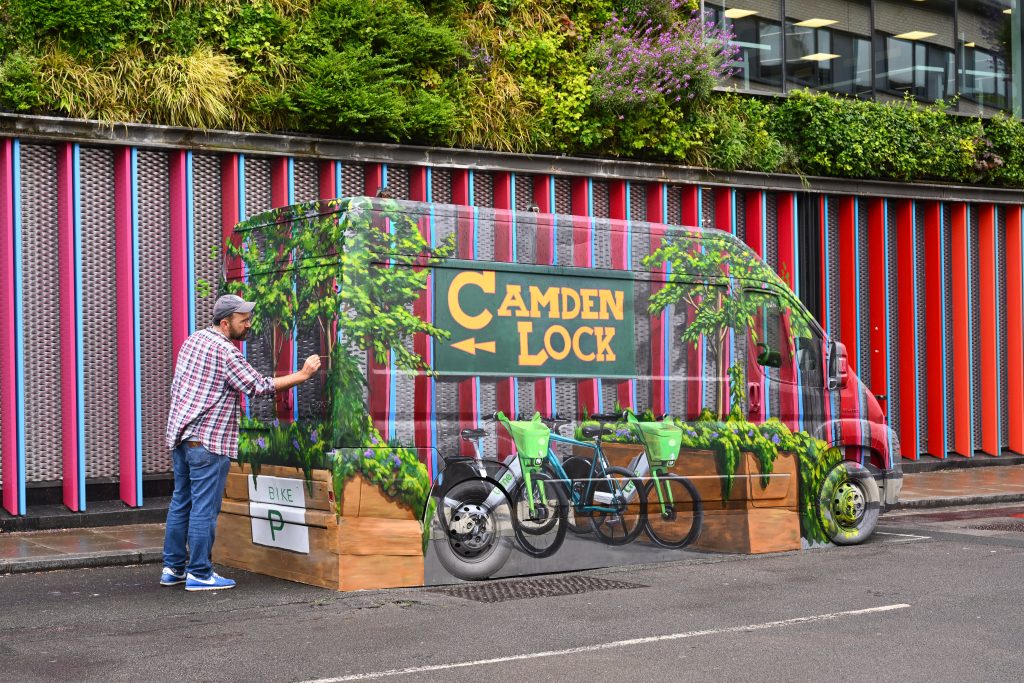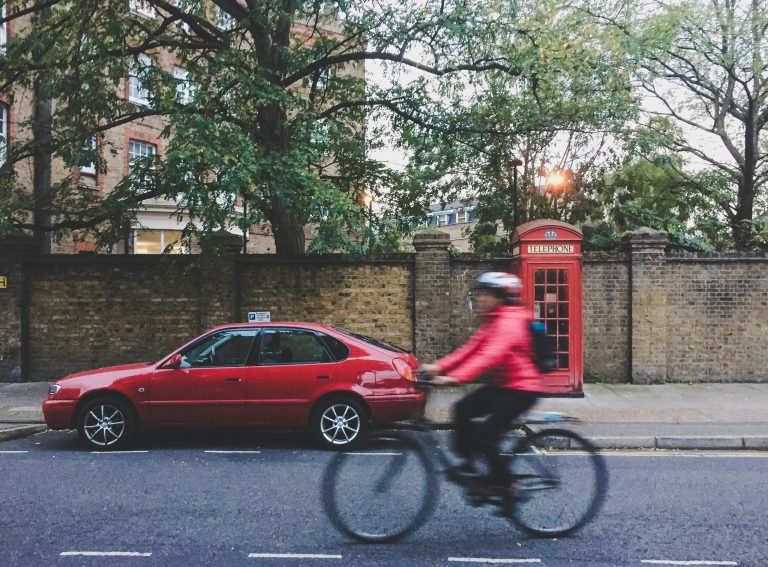A new report commissioned by micromobility giant Lime is calling for new shared e-bike parking rules in London to address the capital’s growing demand for space.
Titled ‘Changing Spaces: How to solve London’s shared e-bike parking challenge’, the independent report developed by consultancy firm Steer and think tank Centre for London was launched this morning in Central London, followed by a panel discussion.
According to the report, more than 30,000 journeys from rental e-bikes are missed every day in London due to demand exceeding available parking space.
“The issue now is not that people are leaving bikes where they shouldn’t. It’s that too many people are leaving bikes where they should,” Lime’s Director of Policy Hal Stevenson told the panel. Also on the panel sat Steer Associate Director and report author Matthew Clark, and Centre for London’s CEO Antonia Jennings.
Two Separate Parking Zones
The report states that there are four key challenges. These are inconsistent parking rules, insufficient bay density which limits usage, insufficient bay capacity which leads to poorly parked bikes, and street clutter caused by bikes parking anywhere in busy locations.
Steer and Centre for London set out six recommendations in the report to support the further growth of e-bike share in London. These include a single “Mandatory Parking Zone” for more-central boroughs and a single “Flexible Parking Zone” for less-central boroughs.
A Mandatory Parking Zone means users must park in a mandatory location, which can include parking bays, cycle stands, and virtual locations, across all more-central boroughs.
A Flexible Parking Zone would see parking locations implemented in high demand areas such as high streets. But outside of these areas users can park considerately anywhere which is to be enforced by mandatory end trip photos.
“At the moment shared e-bike parking is too complicated,” Hal told Zag Daily’s reporter Sela Musa during the event. “There are six different rules in terms of where you can park and what infrastructure you can use. The recommendation in the report is to have two very clear rules.”
This simplification of e-bike parking also avoids the same parking density being built across all of London – an unnecessary measure according to the panel when comparing, for instance, Soho with a quiet residential street in Tooting.
“E-bike parking needs to be simplified but not oversimplified,” Hal said.
Adding to the panel discussion, Matthew Clark, said: “There’s not one single rule for both central and outer London for cars. We have controlled parking zones.”
Further findings
The report identifies more than 750 new e-bike parking locations across London’s 11 boroughs, and it recommends Lime to support the implementation of Mandatory Parking Locations to meet demand.
Lime has committed £1 million to a London parking fund, and will share its data to support the planning of additional carriageway parking bays and cycle stands.
The report also calls for agreed repurposed and expanded cycle stands to be used in Mandatory Parking Locations to meet growing demand.
Polling found that 49% of Londoners aged 18-34 say they use rental e-bikes at least once a week.
“The level of demand we see in London is one of the highest across our global market. It’s outstripped the available parking and hasn’t been matched by parking provisions yet,” Hal said.
Nevertheless, Centre for London CEO Antonia Jennings reminded the panel that the onus is on providers to drive the change. “When we see a massive expansion of a new technology or a new product, often it takes legislation a little while to catch up with that. When it does catch up it can be imposed on the provider against their will.
“What we see in the e-bike space is that the providers are keen to lead the charge on developing the new legislation. That’s very encouraging and that should be seen by policy makers, by councils, and by the central government as extra capacity to develop this legislation quicker.”
The report launches alongside Lime’s ‘Changing Spaces’ installation which is open in Camden from 29 May to 30 May.

“The aim of the art installation is to reimagine how spaces are used,” Hal said. “It’s in a borough that’s been at the forefront of reallocating space away from cars and for bikes. The aim of the artwork is to get people to stop, look and think about why all this space has been given to cars and ask how we can use it in a more sustainable way.”






